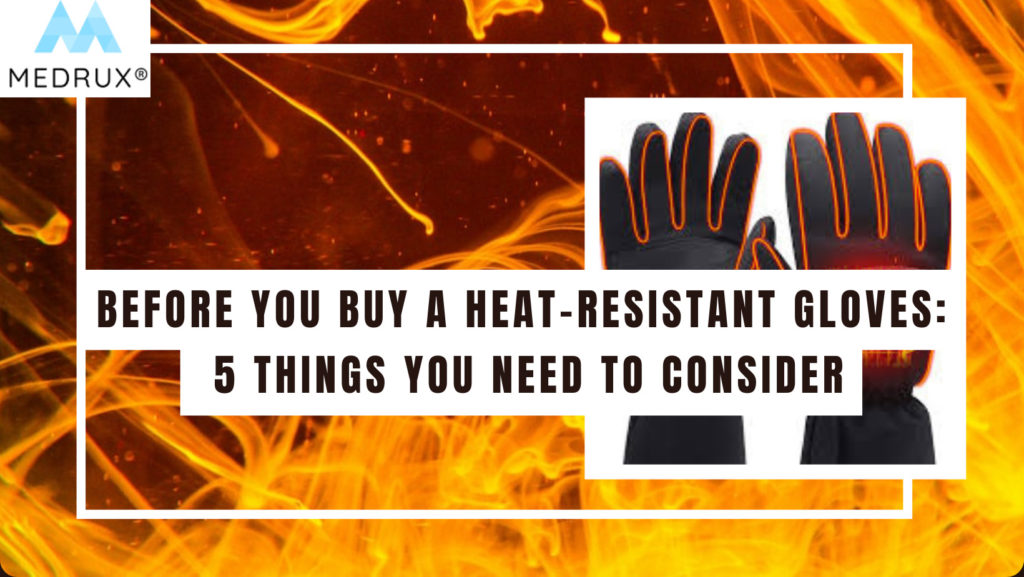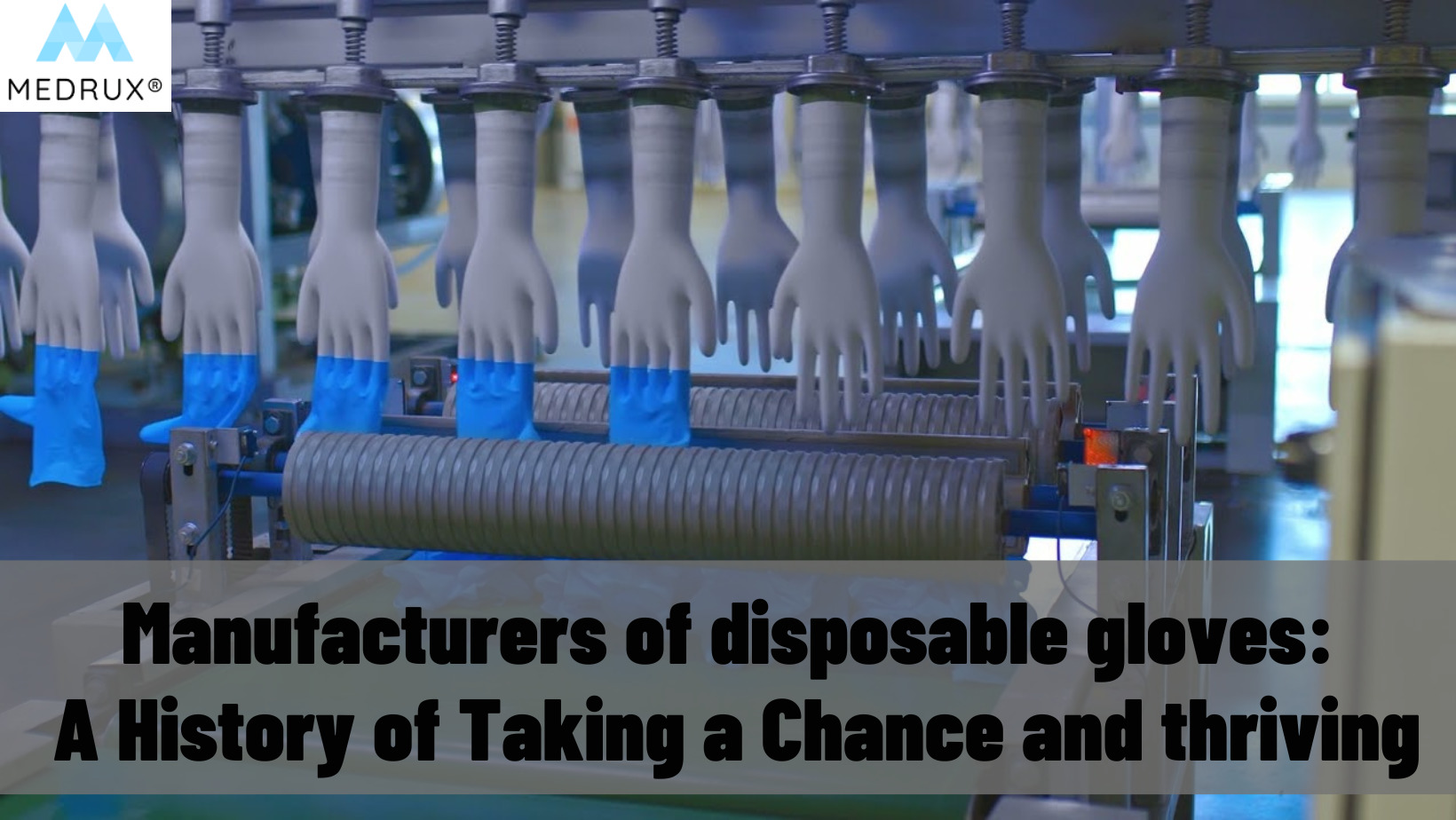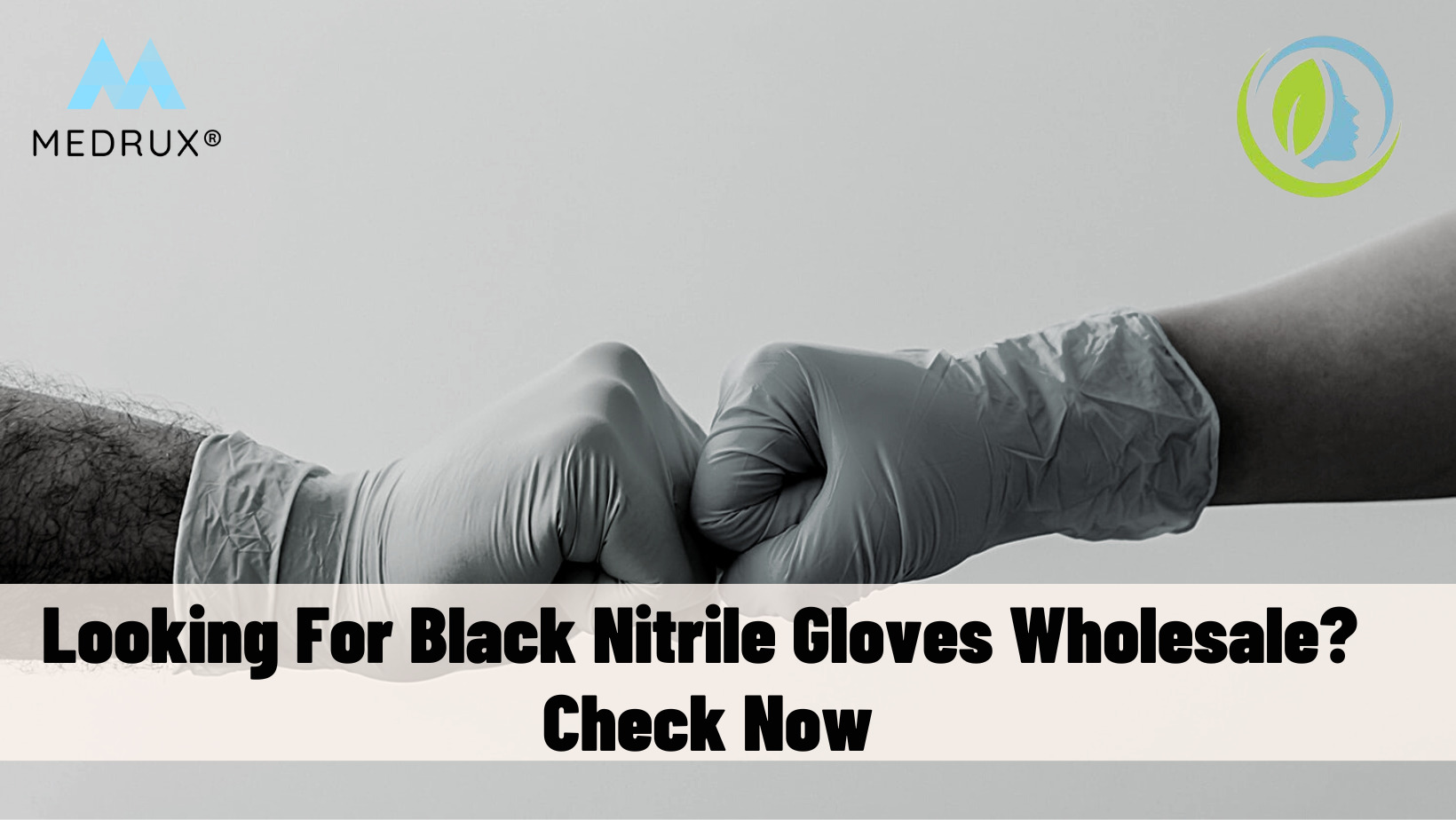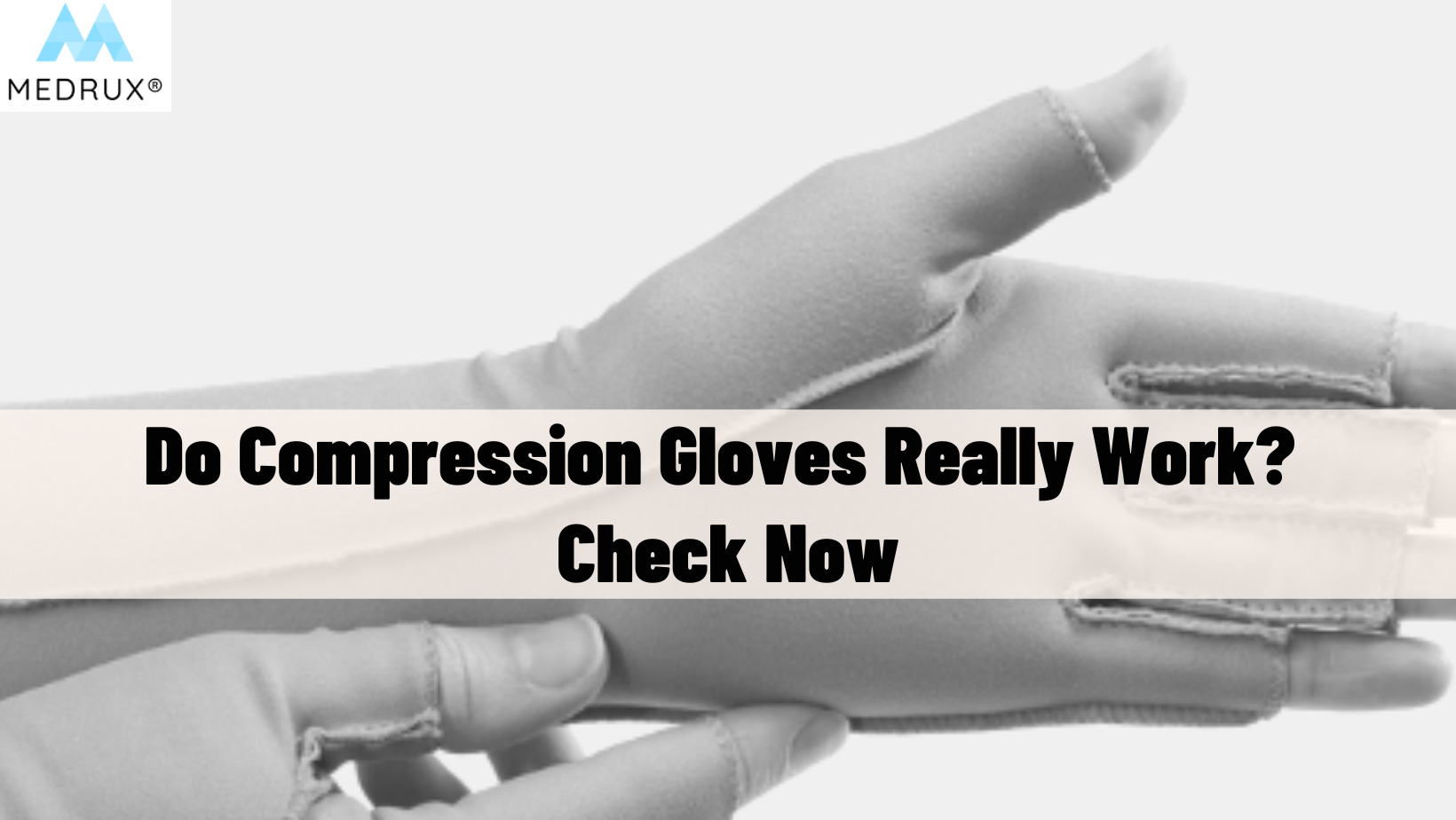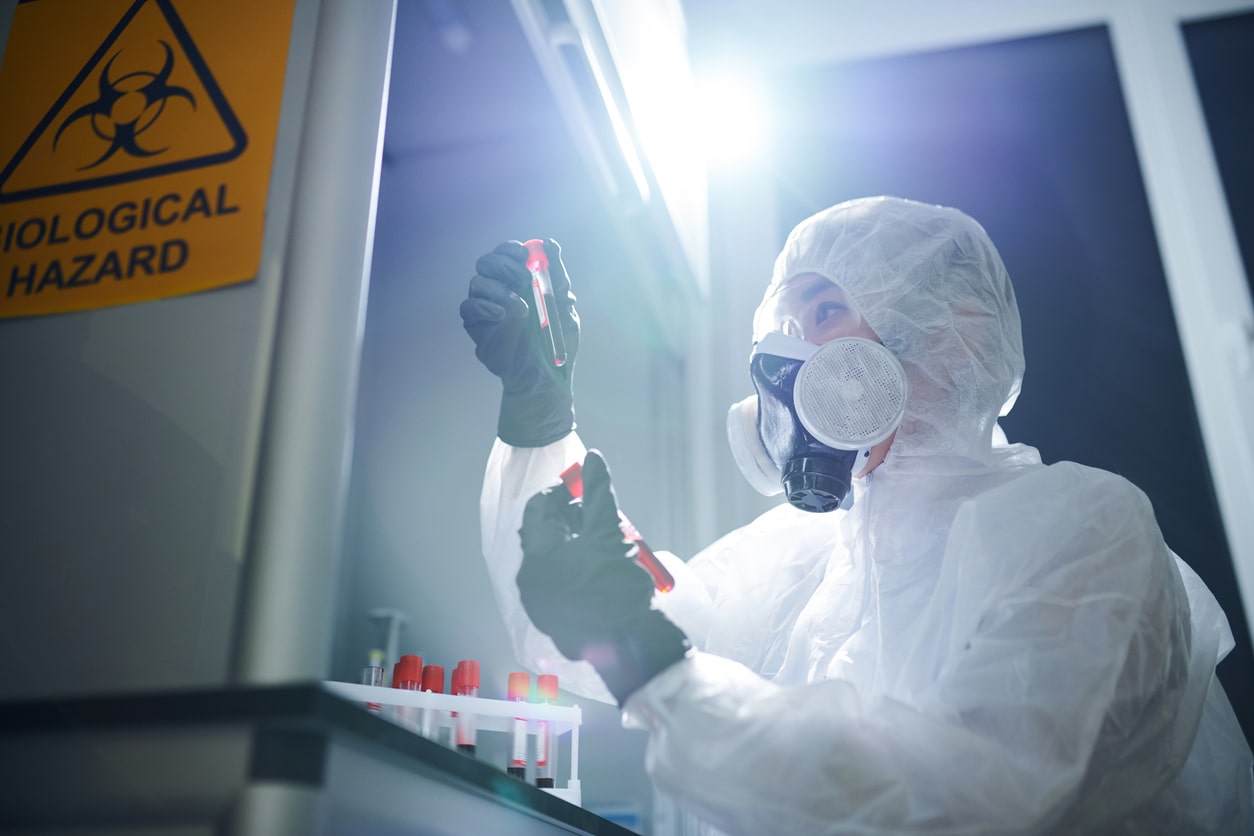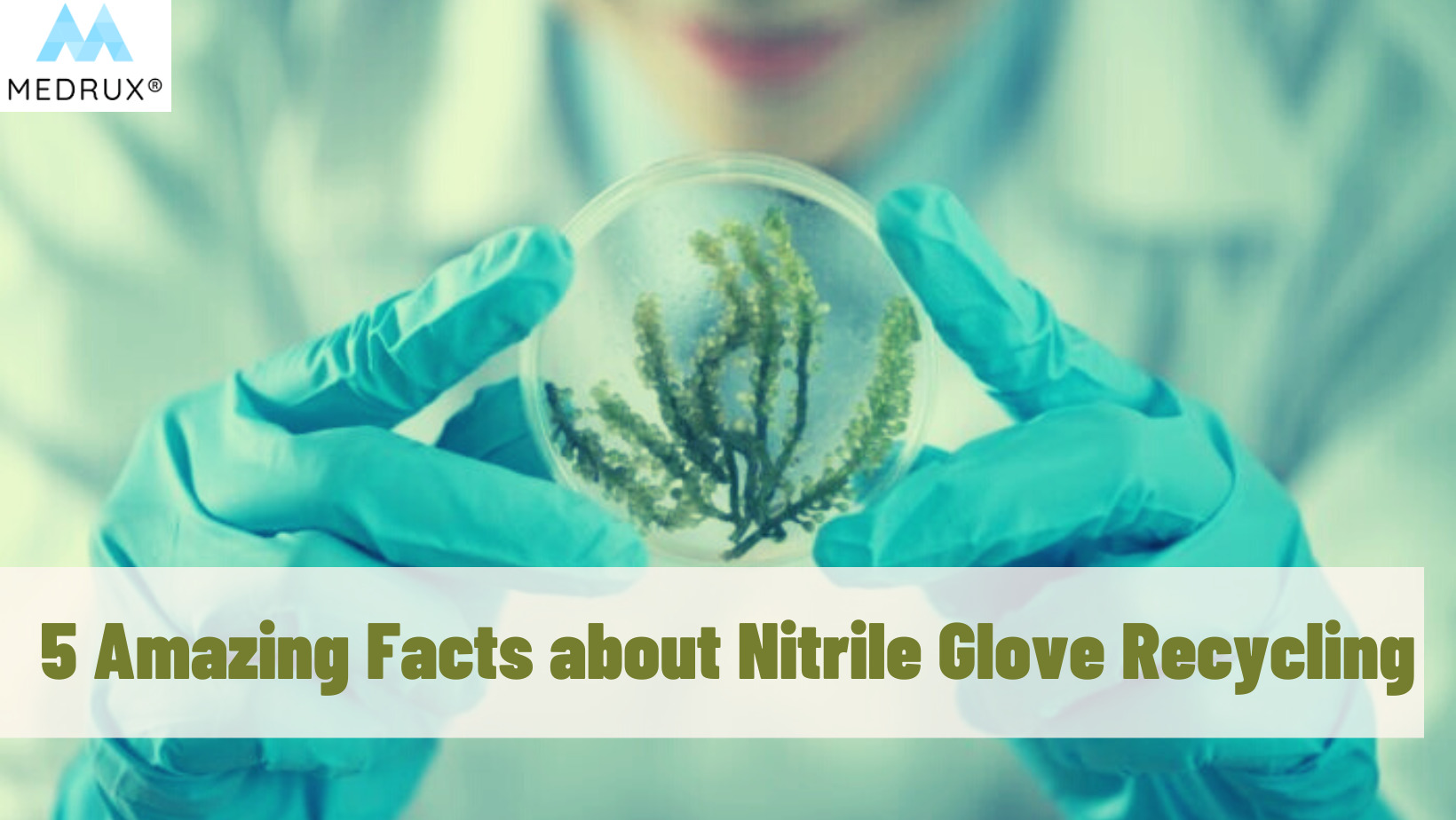Many professions include daily exposure to heat and the need for heat-resistant gloves is a must. You could work in a restaurant, fire safety, medical and construction, or chemical industry.
Then, Ouchhhh!! Agh…
It’s a burn. Red, inflamed skin and maybe more layers below are damaged as well depending on the degree of burns, stings, swelling, rashes, and blisters, and all you are trying to do is jump off screaming with pain, shaking your hands trying to cut off the pain.
“I should have avoided this” this is all that you say then, in case you are the injured one or someone in charge.
So you are here searching for protection methods for yourself or your employees whose work involves direct exposure to heat or hot objects to keep them safe.
This article will provide you with the best guidelines to know that you need heat protection gloves and the best options of heat protection gloves that will suit each condition.
Whatever the case or the amount of heat you are your co-workers are exposed to on their daily tasks, dealing with heat requires protection.
Save lives—safety measures needed for your employee’s goodness.
It’s breakneck!
First, Let me tell you how dangerous and sometimes fatal burns can be.
Burn damage and treatment vary depending on the cause and severity. They could be minor or major according to the type of burn.
What are the burn types?
Let’s dig a little deeper to be aware of the effects of different burns. There is a first, second, third, or fourth degree of burn. What does that mean?
First-degree (superficial) burns:
These burns affect the outer layer of skin only. The burn site is red, dry, painful, and with no blisters.
The most common example is mild sunburn.
Second-degree (partial thickness) burns:
They involve the outer layer of the skin and part of the lower layer of skin. The burn site gets red and blistered. It may be swollen and painful.
Third-degree (total thickness) burns:
Third-degree burns destroy the epidermis (outer skin layer) and dermis (lower skin layer).
These burns may go into the innermost layer of skin, the subcutaneous tissue.
The site of the burn may look white or blackened. It gets charred as well.
Fourth-degree burns:
Fourth-degree burns go through layers of skin, underlying tissue, and deeper tissue. It could involve muscle and bone.
There is no feeling in the area since the nerve endings are damaged.
How can I classify the minor burn degree?
Minor burns are first-degree and may be second-degree burns.
They may require a trip to an emergency room and some OTC meds.
For second-degree burns, the doctor may prescribe a solid anti-biotic to kill bacteria that may cause further damage at the burn site.
These degrees of burns are less likely to occur at a work site. They may happen due to minor daily accidents with heat and hot objects.
How about major burns?
Major burns are life-threatening.
They are third-degree and fourth-degree burns.
A significant burn requires calling 911 for the immediate arrival of a qualified emergency.
These burns require a stay in the hospital for as long as they recover. They often need skin grafts to heal.
And it doesn’t stop there; people recovering from third-degree burns need occupational therapy to maintain joint mobility and improve function. Some people develop post-traumatic stress disorder (PTSD) or depression after a burn event.
The worst part is that some complications may evolve from major burns injuries depending on the damage’s severity. They are severe that they could be death-leading as heart problems and dehydration.
Why would you need heat-resistant gloves?
As mentioned above, major burns lead to acute physical and psychological effects.
-
Protection and prevention:
According to CDC (Center for diseases Control and Prevention), one of the significant incidents was for a 20-year-old fast-food restaurant employee.
In a case report dating back to June 3, 1991, the Colorado Department of Health (CDH) was notified of a work-related burn sustained by the previously mentioned young employee.
The employee had followed the restaurant’s standard procedure for cleaning exhaust filters located approximately 5 feet above a deep fryer.
She had placed a wooden cover over three of the fryer’s four bins containing hot grease; no cover was available for the fourth bin.
While standing on a chair she had placed on the wooden cover to reach and remove the filters, she fell, sustaining second and third-degree burns over 10% of her body when she immersed her arm and shoulder in the hot grease contained in the uncovered fourth bin.
She was hospitalized for four days and later required plastic surgery for scarring.
These lines above may have petrified you.
To cut a long story short, this terrible accident as facts picturing the image could be painful, yet it almost gets you closer to the live situation and consider the consequences of the risk.
Want to know the best part?
Occupational burn injuries are preventable with appropriate education and awareness controls from administration and personal protective equipment (PPE) such as heat-protective gloves.
-
Avoid (LTI):
Using (PPE) is ethical, as you should prioritize your employees’ safety.
Additionally, protection will keep you at arm’s length from (LTI) Lost time injury. Employee injury sustained on the job results in the loss of productive work time.
Case the injury is not severe, the worker will not be able to perform regular job duties.
Moreover, many reported employee injuries will not encourage them to keep their jobs or for others to apply. This will ruin your business reputation.
Nobody is ready to endure the pain of the burns or the pulsation that follows under the skin.
The best options for high heat-resistant gloves
There are no perfect heat-resistant work gloves. The best heat protection (resistant) gloves fit for the application.
The gloves choice is yours. So before deciding what to get, consider the surrounding work conditions.
“Do I have to buy the most expensive ones on the market?”
This question may have already shown up in your mind. Yet, the answer is NO!
The glove’s cost will never guarantee you the best protection.
“Should I buy the thickest material for extra protection?”
Okay, I know you want to play it safe, but maybe you think this could be it, but sorry.
I have to tell you it is another No!
The gloves may be so thick that they won’t facilitate mobility, resulting in accidents other than hand or arm burns!
So how can I decide which one to choose?
Here’s the kicker; as choosing the correct gloves should provide enough protection and proper mobility and save money, the best choice requires considering the following factors:
1. The application temperature:
The truth is, there are two main material options for heat protection gloves.
Once the accurate temperature reading of the application is known according to the work conditions, choosing the proper material is the next step.
Not very inspiring, huh?
I must tell you that measuring the heat amount of the item you need protection comes first.
So keep reading to find out what you need to know.
2. Heat contact below 450°F (232°C):
Natural materials such as terry cloth are the pick of the punch.
The terry knit is designed to be looped to trap air, making it an excellent insulator.
Despite the case that you may be a home-cook so, a terry-knit glove may not seem like an instant think-about option when you are in a rush in the kitchen. A dishtowel could carry out the same task as purposed from the terry knit gloves.
This is because they both use the same material.
The pros of using the glove rather than the towel are not only protection against heat. It has some degrees of cut and abrasion protection. As well, it’s easy to wear to handle objects.
3. Heat contact above 450°F:
Here shows up the role of synthetic materials like Kevlar and Neoprene.
Kevlar is a perfect option, as it is well known for being used in bulletproof vests.
It makes a strong shield against heat and cutting, so Kevlar gloves are used to make oven mitts.
What about neoprene?
Neoprene is the premiere option for the same heat contact range when dealing with moist heat.
If you are getting protected against the boiling liquid or steam, your choice should be a neoprene shell glove lined with fleece.
Steam is known to penetrate through any string-knit options. Neoprene is a synthetic rubber with a high burning point of 500°F (260°C) and the ability to resist degradation.
4. For heat exposure up to 800°F (424°C):
Once more, it is synthetic Kevlar as it has excellent heat-resistance properties.
It can be used as a shell over a terry lining to provide extra heat protection and eliminate the risk of the terry fabric charring after exposure to this high temperature.
Are there other conditions to consider?
Definitely!
By now, we have reached the point that you recognize that a heat protection glove is a necessity.
In addition to the temperature of the application, there are only a few more factors to consider.
The work conditions are not the same in all workplaces. This variation requires careful thinking before choosing the right pair of gloves.
Is the type of heat matter?
1. Dry vs. moist heat sources
As mentioned above, neoprene work gloves will be more fitting for moist heat exposure.
Yet, Terry Knit gloves are better when dealing with dry heat sources. Liquids may get absorbed through the clothing knitting holes.
2. Thermal vs. ambient heat
There are different protection levels against the risks of thermal and ambient heat from the surrounding environment.
3. Spark and open flame
Protection against hot objects and flame is never the same thing.
In cases of spark or flame resistance, you need a pair of gloves that are treated with chemicals that are heat retardants.
For instance, leather has natural flame-resistant properties and good abrasion protection. On the other hand, using only leather as a material for gloves is not the best as it traps heat close to the skin and hardens over time due to heat exposure.
They can resist the heat of flames better when lined with Kevlar as Kevlar has high flame resistance, cutting resistance, and dexterity.
4. Welding
One of the most challenging processes is the heat from welding flames that may reach a very high temperature of 10,000 degrees Fahrenheit, yet this is still cooler than plasma torch welding.
Different gloves options are designated primarily for welding that could be made from some of the materials mentioned above, fiberglass and cotton heat-resistant lining.
None is made from only one material; they have different linings and coating for the required protection.
Is protection above the wrist required?
If extra protection is required as a more cautious procedure, specific sleeves with para-aramid fibers like Kevlar will work for incidental contact.
In fact, these synthetic industrial sleeves offer enough time for the mind to process the pain signal and allow you to move away from the hot object before an injury happens.
Moreover, this layer of protection is the difference between a second-degree burn and mild irritation, providing better security than the old traditional sleeves used.
Finally, there are still other factors that you may need to consider as; the heaviness of the object, the holding time of the hot thing, and the cooling time between uses.
Meanwhile, a fabric glove will trap heat. If the holding time is too long that there is no time for the glove to cool down between uses, the worker will start by time to feel the heat through the glove.
The bottom line is; heat protection is essential, and the type of protective gloves should be wisely chosen according to the work conditions you or your workers are exposed to.

